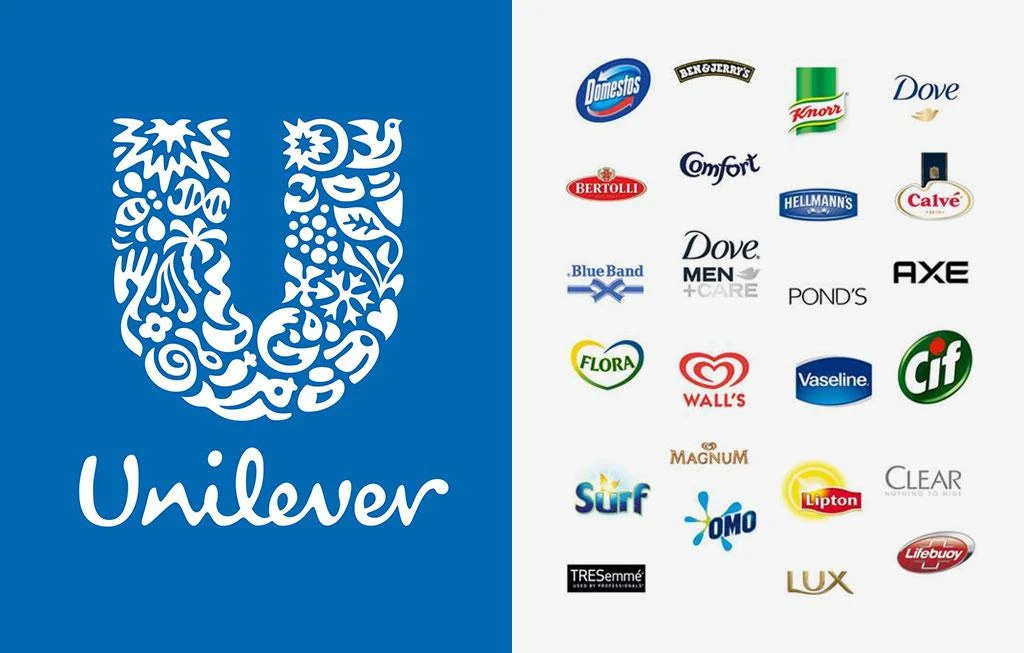🌍 Scaling Innovation: What Corporates Can Learn from Unilever
How a 100-year-old giant built an innovation engine fit for the future
Innovation is loud.
Scaling innovation? That’s quiet, structured, and often misunderstood.
Every company talks about innovation. Few know how to scale it. Fewer still make it work across legacy systems, silos, and resistance to change.
So why do 83% of executives say innovation is a top priority, but only 3% are truly ready to deliver on it?
Because it’s not about ideas. It’s about execution at scale.
Let’s break it down by learning from one of the most underhyped innovation success stories of the last decade: Unilever.
This 100-year-old consumer goods giant, known for brands like Dove, Lifebuoy, and Ben & Jerry’s, didn’t just run innovation pilots. It rewired its global system to embed sustainability, experimentation, and scale.
Let’s break down how they did it and what CXOs everywhere can learn.
🏗️ Case Study: Unilever’s “Future Fit” Innovation Framework
Unilever’s transformation wasn’t a one-off. It was a full-system play called Future Fit. It’s a strategic framework designed to make innovation repeatable, measurable, and scalable across brands and geographies. Future Fit is not just about upskilling, it’s about aligning learning, purpose, and agility at scale.
Through this initiative, Unilever aims to equip 10 million young people with Future-Fit skills by 2030. This includes programs like the Dove Self-Esteem Project and the Future-X Campus Ambassador Programme, which focus on resilience, innovation, and problem-solving.
Here’s what stood out:
1. Purpose-Driven Innovation
From the start, Unilever tied innovation to ESG goals, not just margin gains. Whether it was launching laundry products that use less water or packaging innovations that cut plastic waste, every idea had a higher purpose and a business case.
2. Global Test-and-Scale Loop
Innovation didn’t stay stuck in one geography or team. Unilever used live markets to test products fast, gather real-world feedback, and scale what worked across 190 countries. Pilot-to-scale wasn’t just a slogan; it was a system.
3. Embedded Governance, Not Side Labs
Unlike companies that isolate innovation in R&D silos, Unilever hardwired it into brand, supply chain, and commercial teams. That meant every team had innovation KPIs, and scaling wasn’t optional.
Result? Between 2010 and 2020, Unilever reduced emissions per consumer use by 34% while growing revenue.
🧠 How Unilever Scaled Innovation (and Didn’t Stall)
Unilever’s playbook offers three key moves every enterprise should study:
✔️ Institutionalise the Learning Loop
Each market became a live lab. Real consumer feedback fueled rapid product tweaks and category-level changes. It wasn’t innovation theatre, it was experimentation with impact.
✔️ Align Innovation to Strategy
Unilever wasn’t chasing trends; it built innovation around its Sustainable Living Plan. That alignment made investment decisions easier and the impact measurable.
✔️ Shift Power to the Frontline
Instead of top-down control, local teams were empowered to test, adapt, and scale solutions. The corporation provided the scaffolding, not micromanagement.
💡 3 Lessons for Corporate CXOs
If you’re trying to scale innovation across a complex, risk-averse enterprise, steal these plays:
🔍 1. Innovation Must Tie to Core Strategy
Unilever didn’t experiment for fun. Every idea laddered up to brand purpose, business growth, and sustainability KPIs.
🛠️ 2. Build a Repeatable Test–Scale–Embed Cycle
No more pilots that die in PowerPoint. Create a clear handoff process between pilots, ops, and commercial scale.
🧑🤝🧑 3. Equip Local Leaders to Drive Change
Scaling doesn’t happen at HQ. It happens in markets, on shelves, and in execution. Empower those closest to the customer to lead the innovation rollout.
🚧 What’s Holding Most Companies Back?
Despite big budgets, most enterprises fail to scale innovation because they:
Keep innovation trapped in silos or digital labs
Don’t link it to business or sustainability goals
Lack of internal systems to scout, test and transfer ideas
Fear of cannibalisation of legacy products or P&L friction
You don’t have an idea problem. You have a system problem.
💡 Today’s Value Drop: Scale Starts Small
Want to start scaling innovation today? Try this:
✅ Map your pipeline: How many ideas have moved beyond the pilot stage in the last 12 months?
✅ Connect to purpose: What business problem or ESG goal does each idea solve?
✅ Test at the edge: Pick one region or brand to run a rapid test–scale cycle with clear metrics.
🎓 Join the Innovation Leadership Mastery Workshop
If you’re a CXO ready to stop admiring innovation and start scaling it, this is for you.
🧠 Learn the frameworks, systems, and leadership strategies to build momentum across your business.
📬 Next month, we’ll continue exploring these intersections of innovation leadership and corporate strategy. Stay tuned, and if you haven’t yet, join other innovation leaders by subscribing.



